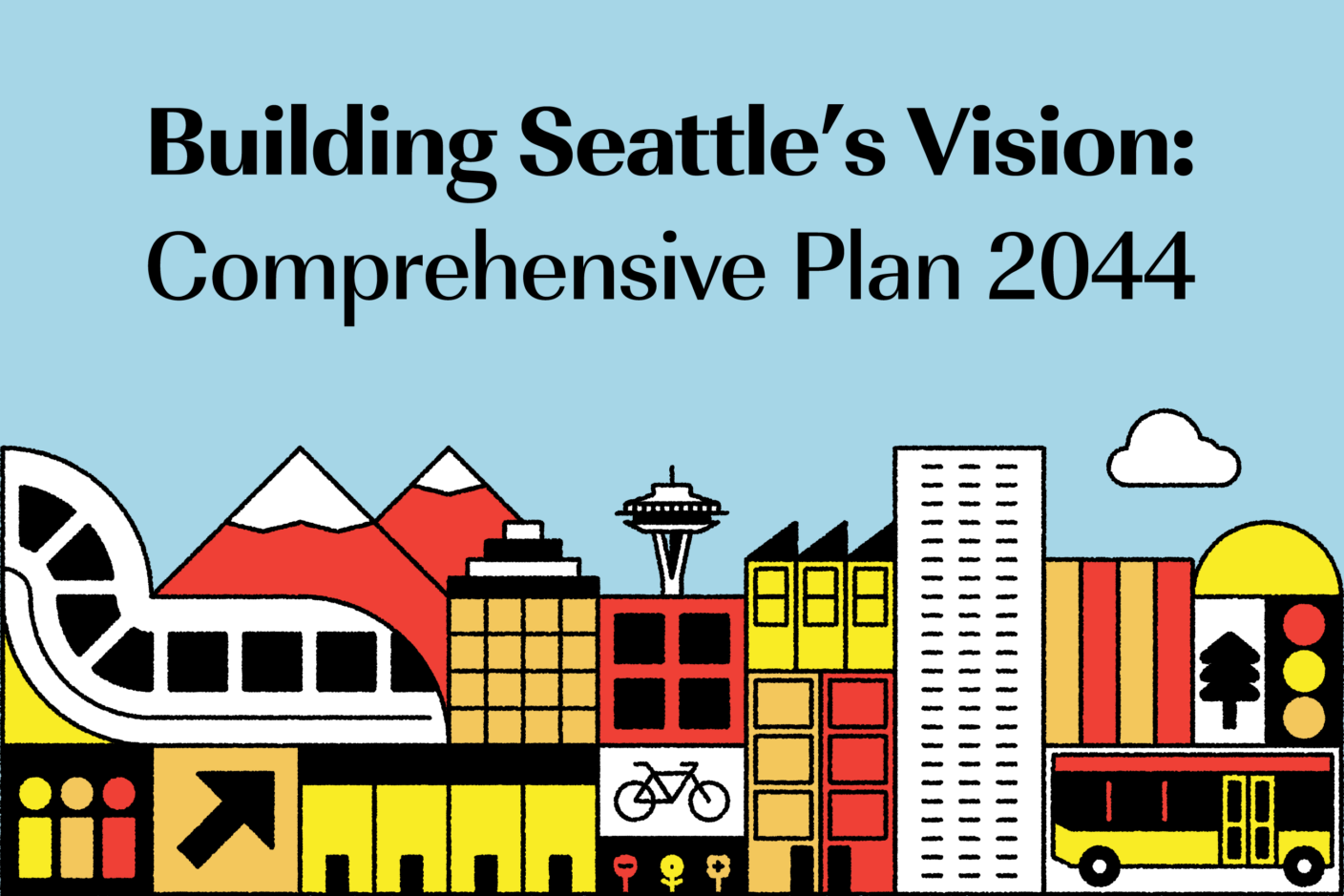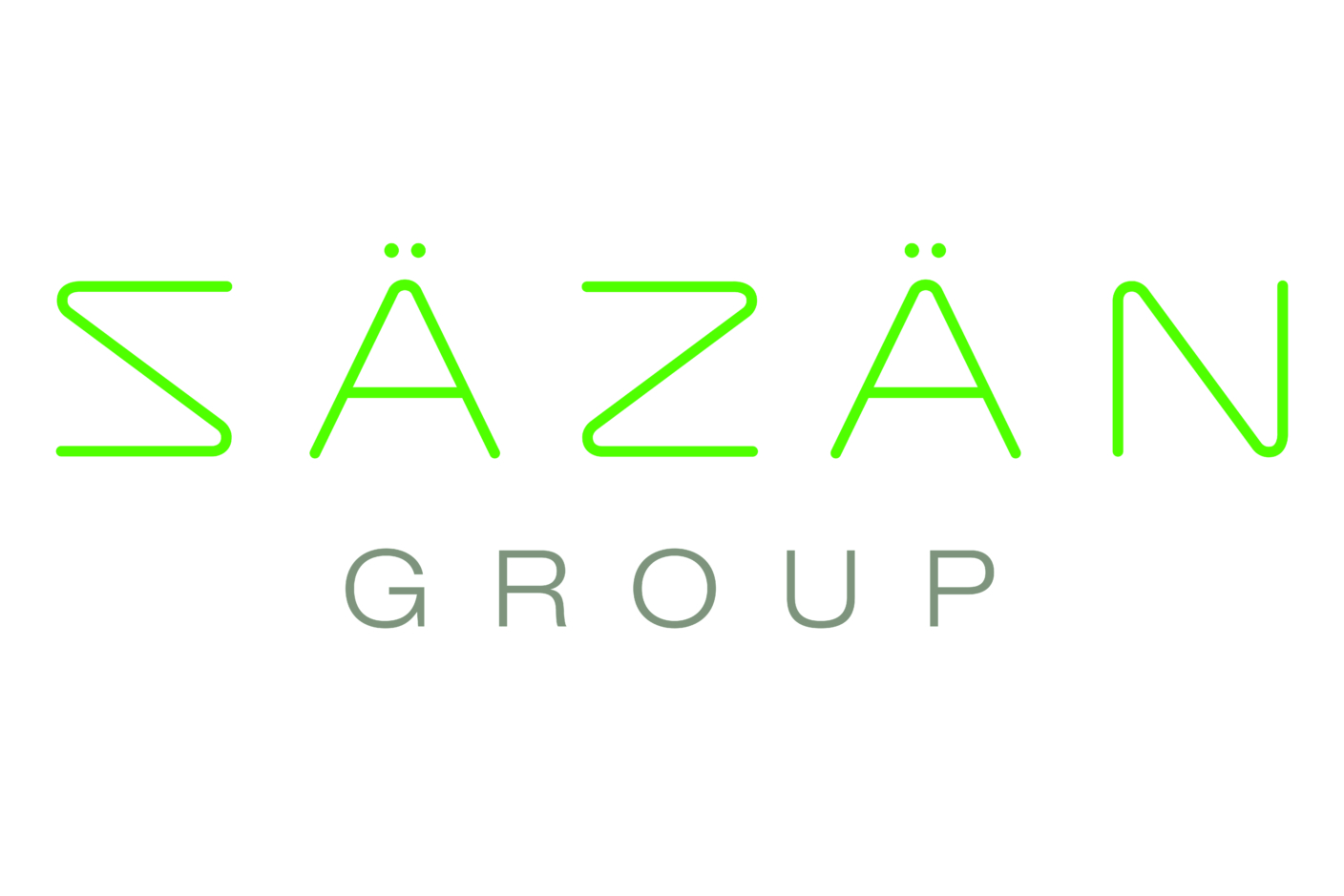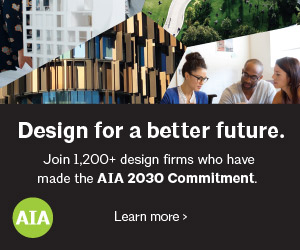Seattle Comprehensive Plan: AIA Work Group

Pro Housing Voices Needed!
AIA Seattle believes the vision for City of Seattle should be a livable city with a variety of housing near many types of amenities, retail cores, and transit that is accessible to everyone, where everything residents need can be reached within 15 minutes by walking, rolling, or public transit.
Pro-Housing voices are urgently needed to move forward the best possible outcomes!
In early January, Mayor Harrell sent his final version of the Comprehensive Plan to City Council, who are reviewing now in advance of a planned May vote. After years of asking for more opportunities for diverse housing types spread across the City, the pro-housing community is now in a fight to maintain the 30 Neighborhood Centers included in the Mayor’s plan. Anti-housing voices are organized and impacting the Council.
FAQ + Facts Doc: Information to Address Misconceptions About the One Seattle Comprehensive Plan
Take Action!
- Email your Councilmember It only takes ONE MINUTE with this example (Download it now) Personalize your message with your own experience. Not sure which Councilmember you should reach out to? Find your District and Council email addresses HERE.
- Sign up to Testify and use these talking points There are still dates ahead AIA Seattle is here to support you with information about how to testify, from how to sign up, to reminders and coaching on how to effectively share your story. Choose your timeslot and AIA Staff will be in touch!
AIA Seattle has amplified member voices through all phases of Comprehensive Plan development, including in this most recent round in a January 2025 letter to Council, positions raised in December 2024 on Draft Rezoning Maps and Draft Neighborhood Residential Zoning Legislation and in May 2024 on the Draft Environmental Impact Statement and Draft Plan.
Comp Plan Work Group meets every 1st and 3rd Wednesday, 12-1 pm
Email Nathan Winch for the calendar invites
Comp Plan email sign up
Contact Nathan Winch to be added to our list for email updates on our work on the Comp Plan and related programming.
Seattle’s update of its Major Comprehensive Plan (2022-24) is arguably one of the most critical points in the city’s history. Required by the state to plan for how the city will accommodate growth over the next two decades, the Comp Plan will address crucial questions around how we distribute opportunity, what our neighborhoods should look like, and what changes we need to make to create a more sustainable and resilient city.
AIA Seattle members have come together to move forward positions for a livability 15 minute city!
- How can we harness architects’ skills and experience to inform questions and ideas about how Seattle will grow?
- How can we engage the public in design thinking around housing, complete neighborhoods, access, and more?
- And how can we use our understanding of land use code to promote equitable opportunity and prevent displacement?
We’re looking to tackle these questions and more as we engage in discussion, design experimentation, and deep thinking about Seattle’s future.
You can be part of this effort by joining our Comp Plan Work Group. Contact Nathan Winch for more information.













